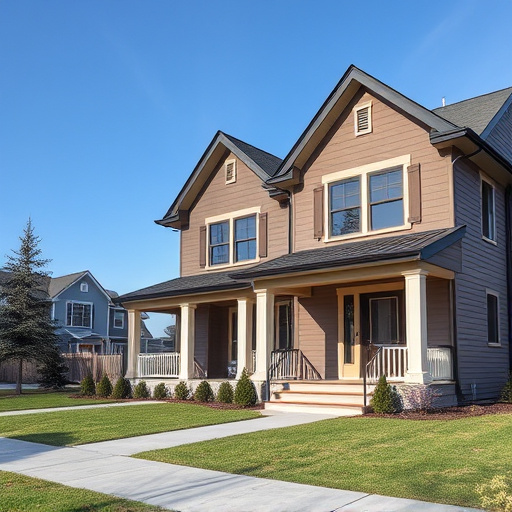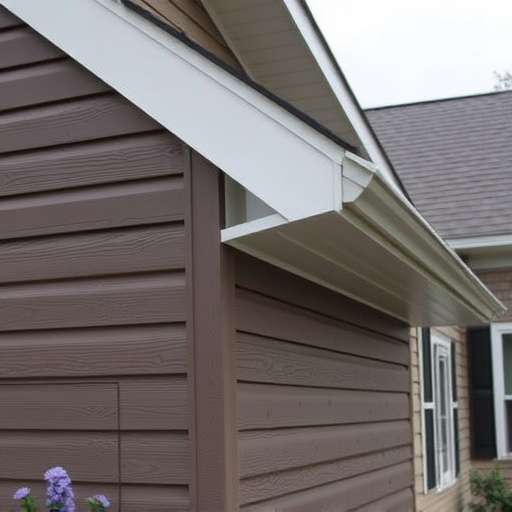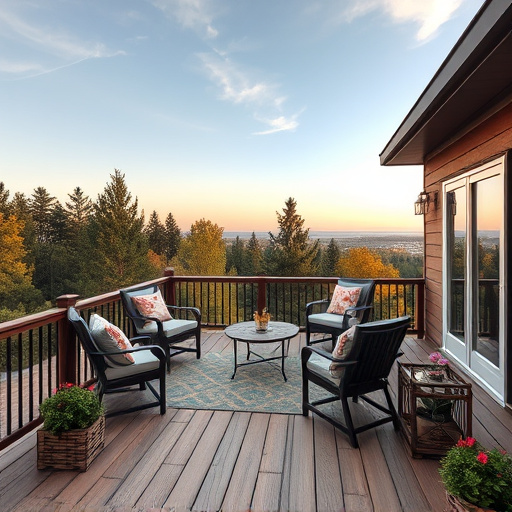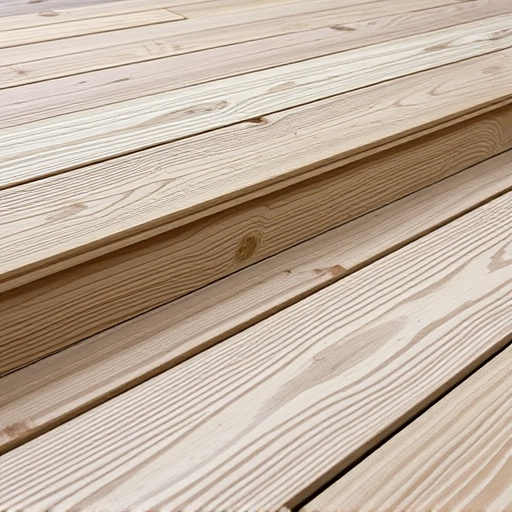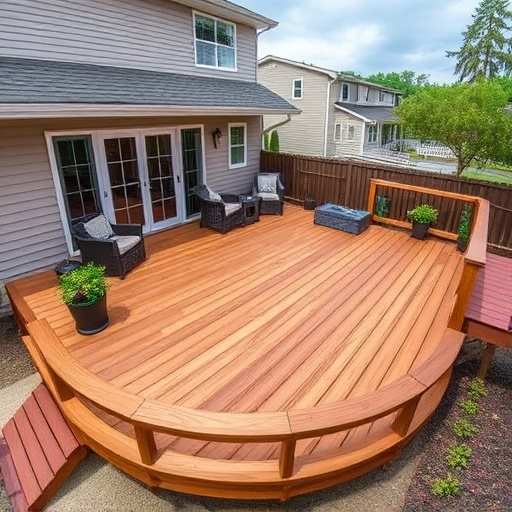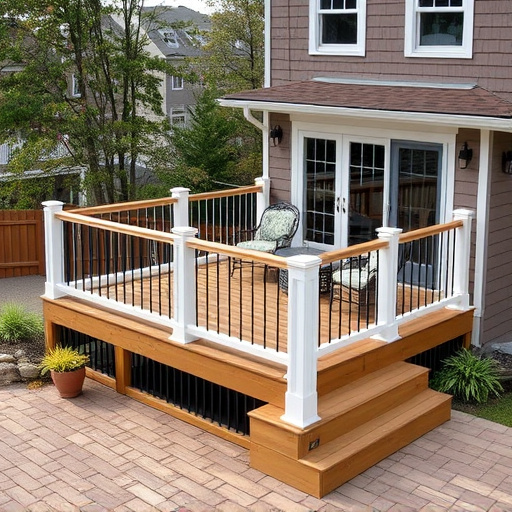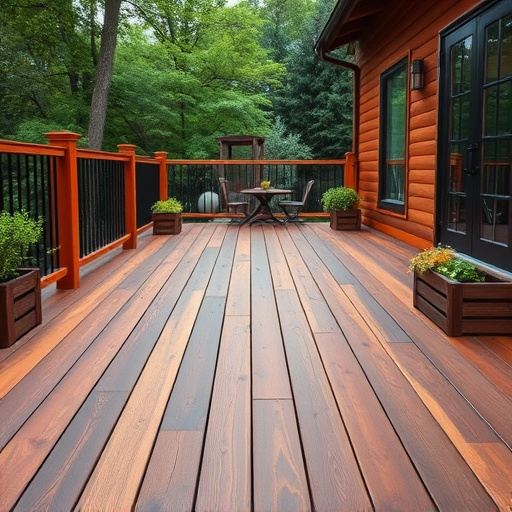When planning a deck project, homeowners should focus on balance between aesthetics, budget, and maintenance. Prioritizing cost-effectiveness alongside visual appeal involves researching weather resistance, decay, pest resistance, and repair records of various deck materials. Durability and low maintenance are key factors for long-term satisfaction and investment, with composite decking offering minimal upkeep while saving on initial costs compared to natural wood.
Choosing the right deck materials is a complex task, often marred by common pitfalls. This article uncovers the three most prevalent mistakes homeowners make when selecting deck components, offering invaluable insights to guide your decision. We’ll explore how overlooking budget and maintenance requirements can lead to unforeseen costs, the impact of environmental factors on material longevity, and the critical importance of adhering to safety standards for a secure and durable deck. Stay informed about these mistakes—and avoid them—when selecting your ideal deck materials.
- Overlooking Budget and Maintenance Requirements
- – Discussing the tendency to focus on aesthetics and overlook long-term costs.
- – Highlighting the importance of considering material durability, maintenance needs, and return on investment.
Overlooking Budget and Maintenance Requirements
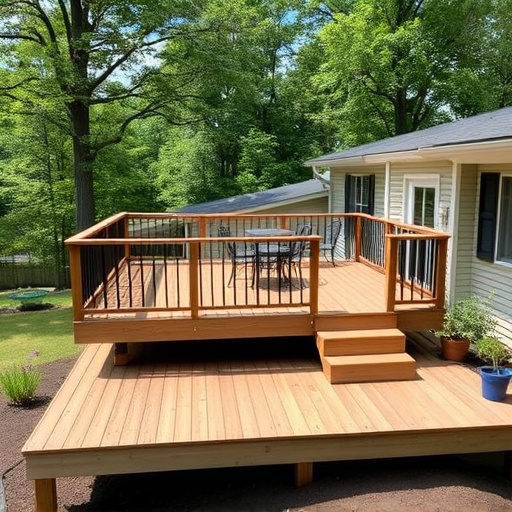
Many homeowners overlook two crucial aspects when choosing deck materials—budget and maintenance requirements. While selecting aesthetically pleasing deck materials is essential for creating an outdoor living space that complements your home, it’s equally important to consider the financial implications and ongoing care needs. Deck materials range from affordable options like composite wood and pressure-treated lumber to more exotic choices like tropical hardwoods or concrete. Each material has its price point, and understanding your budget beforehand prevents overspending. Moreover, some deck materials require minimal maintenance, while others demand regular cleaning, sealing, and staining to preserve their appearance and longevity. For instance, synthetic decking materials are low-maintenance but may have higher upfront costs compared to natural wood options that need more care over time.
When making a decision, remember that the cheapest option might not always be the best in the long run, especially if it requires frequent replacement or extensive maintenance. Conversely, high-end deck materials could offer superior durability and low-maintenance features but may strain your budget. As such, creating a realistic financial plan and evaluating the ongoing care requirements of different deck materials will help you avoid costly mistakes down the line, ensuring your outdoor space remains functional, safe, and aesthetically pleasing for years to come, be it for commercial roofing or residential roofing needs and roof repair.
– Discussing the tendency to focus on aesthetics and overlook long-term costs.
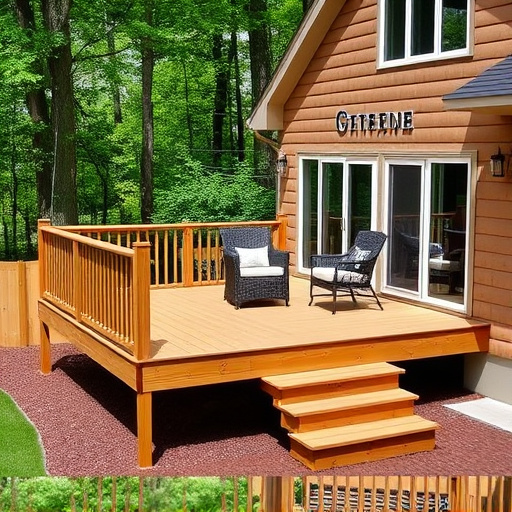
When planning a deck project, it’s common for homeowners to become captivated by the aesthetic appeal of various deck materials, often overlooking the long-term financial implications. The initial allure of visually stunning options like exotic woods or composite materials can distract from the reality of maintenance costs and durability. While these materials might offer a temporary solution, they could lead to frequent repairs or replacements in the residential roofing and siding sectors, ultimately proving more expensive than practical alternatives over time.
This mistake is easily avoidable by prioritizing long-term cost-effectiveness alongside visual appeal. Researching different deck materials, considering their resistance to weather, decay, and pests, as well as their track record for siding repairs or home service solutions, can help in making an informed decision. A thoughtful approach that balances aesthetics with durability will result in a more satisfying and financially prudent outcome for any deck project.
– Highlighting the importance of considering material durability, maintenance needs, and return on investment.
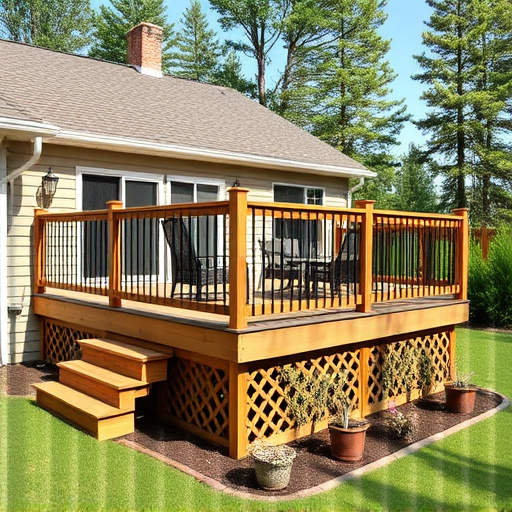
When choosing deck materials, many homeowners overlook crucial factors that can impact their long-term satisfaction and investment. Durability is a top priority; your deck should withstand various weather conditions and wear over time. Consider materials with low maintenance requirements to save you time and effort in the future. Additionally, evaluating the return on investment (ROI) is essential. Some options may be initially cheaper but could lead to costly repairs or replacements down the line.
In terms of deck materials, it’s worth noting that selecting long-lasting, low-maintenance choices can offer significant advantages. For instance, composite decking has gained popularity for its durability and resistance to rot and decay, reducing the need for frequent siding services or roofing repairs. This can be a wise investment, ensuring your deck remains in top condition with minimal upkeep, unlike natural wood which may require regular staining and sealing.
When selecting deck materials, it’s crucial to strike a balance between aesthetics and functionality. Overlooking budget and maintenance requirements can lead to costly mistakes down the line. Always consider material durability, ongoing maintenance efforts, and the long-term return on investment. By prioritizing these factors, you’ll ensure your deck not only looks stunning but also stands the test of time.

